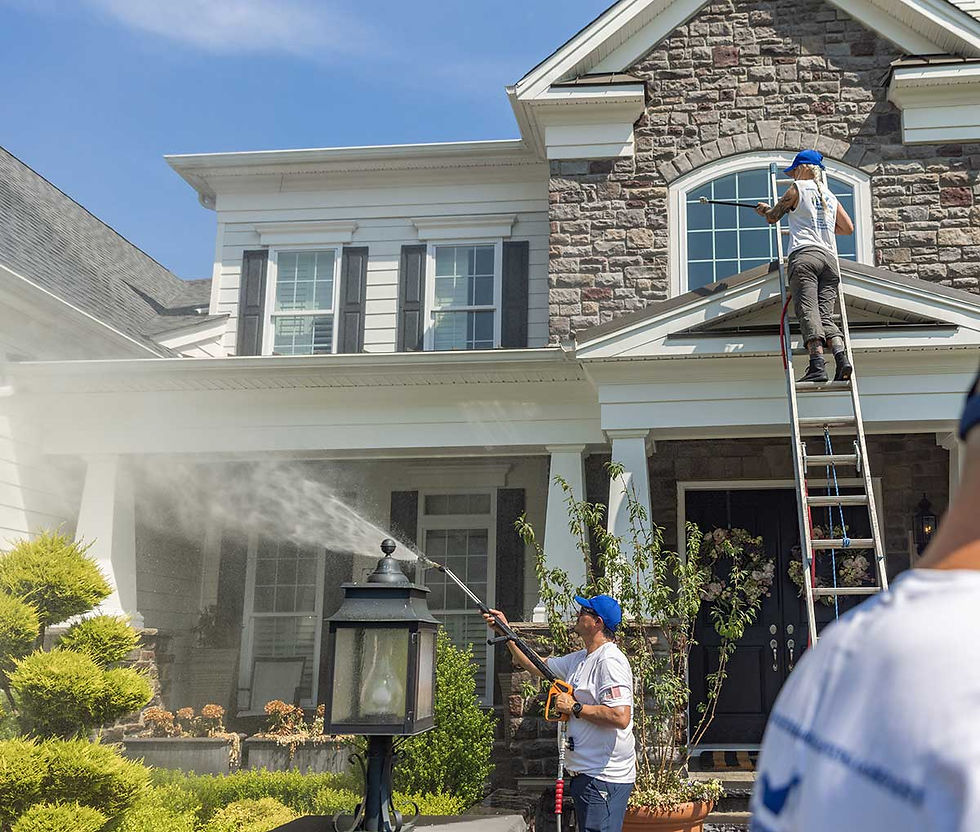TIPS FOR LAWN CARE
- rasantander

- Mar 23, 2021
- 2 min read

Irrigation
If you want your lawn to be green and lustrous, it is very important that you water it. The frequency of watering for your lawn depends on the temperature and humidity. When grass needs water, it begins to turn bluish and gray, and the older leaves of the plant begin to curl or wilt. If you planted a new lawn, you will need to water it once a day so the seeds can germinate and a strong root system can form. In rainy climates it is necessary to water less than in dry ones. Irrigation should be regular and abundant in the warm season rather than in the cold. The best time to water is in the early morning, late afternoon or evening.
Court
It is one of the essential tasks in lawn care, along with irrigation and fertilization, but without the need to make complex calculations to know when and how to carry it out like the others. This does not mean that it is a less important task, the appropriate cut and the frequency are basic aspects. With cold or very hot, the grass is usually left a little higher than normal so that it can better resist these climatic adversities and develop strong roots.
Fertilization
The third aspect to maintain a healthy, long-lived, green and bright lawn. It recovers it from the stress of mowing and the depletion of nutrients caused by the continuous regrowth. Increases the fertility of the land, etc. From the beginning of spring it is advisable to fertilize the lawn every four to five weeks. Your lawn needs nitrogen, potassium, and phosphorous. The amount to be used is indicated on the fertilizer containers.
Weed control
With persistence and the right tools, you can win the battle against weeds in your lawn. Many of the weeds can be removed mechanically. Smaller weeds can be removed with a hand trimmer, which is used to stunt and stunt their growth. Daisies and dandelions must be removed with a root starter and it is very important to remove the maximum length of the root to prevent them from growing back. If there is still no way for them to disappear, you can resort to herbicides. If bad roots have overtaken the grass, the best solution is to restructure the entire soil and cover it with roll grass.







Comments